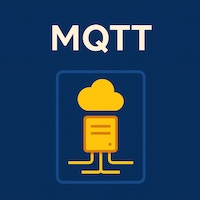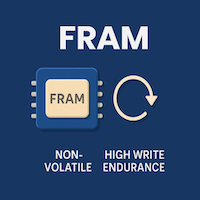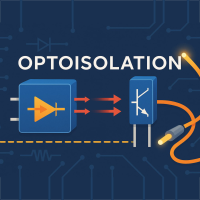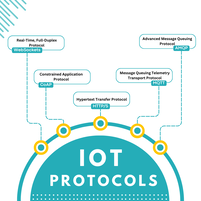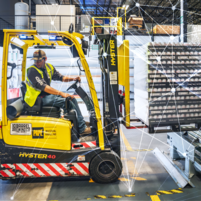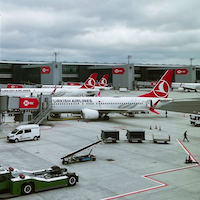IoT in Transportation & Logistics Industry
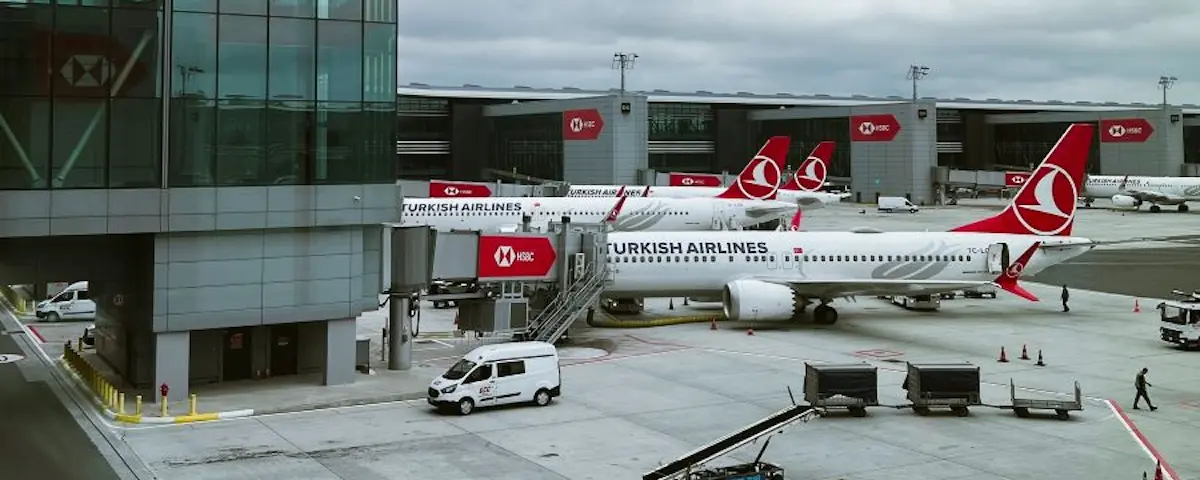
Logistics and transportation are crucial to the success of economies worldwide. A conduit facilitates transporting people, goods, and other materials. Produced goods are transported in containers at some point in the supply chain. With the predicted 35% growth in the global consumer class by 2030, demands on the transportation sector are expected to escalate. As much as ninety-five percent of all produced items are shipped using container ships. Because of this, people are thinking more about the industry's biggest problems and how to solve them. A good thing has come out of this.
What Does The Internet Of Things Mean For Logistics And Transportation?
In the logistics and shipping industry, the term "telematics" is often used to refer to the Internet of Things (IoT). Fleet monitoring and management applications rely heavily on telematics technology. Data capture devices installed in vehicles or mobile assets may send data through secure cellular networks to a cloud-based data management system.
What Kinds Of IoT Gadgets Are Out There Currently Available?
The following are the five main classes of IoT devices that might be used in the transportation sector:
- System configuration that is controlled
- Self-install
- Sensors that rely on an external power source
- Mobile-device-centric software applications
- Cameras
Automation Tools For Set-Up
Data gathering is commonly employed for critical company operations and compliance goals, and these devices are hardwired and immune to manipulation. They give fleet owners a complete picture of their operations and have excellent connectivity to sensors in the region.
Auto-Configuring Hardware
When there is a high turnover rate of cars or when the data being captured isn't being done so for compliance reasons, these plug-in devices are typically used. To redistribute them across a fleet could be enough to move them.
Sensors That Rely On An External Power Source
These smaller devices may provide data less often or respond to trigger events, such as when the asset is moved or crosses a border when it lacks a power supply. Typically, they feature a sturdy build and an IP67 certification.
Cameras
Improvements in camera technology have made it possible for the dash cam to double as an IoT gadget. Modern AI-enabled cameras have built-in computer vision, automatically converting the film into insights that enhance preventative safety measures. These devices automatically identify dangerous, distracted, sleepy, and unsafe driving, giving users unprecedented insight into driver behavior.
What Have Effective Means Been Used To Improve Transportation And Logistics Using The Internet Of Things?
The Internet of Things may help transportation and logistics companies with their biggest challenges, which revolve around transparency, adaptability, and long-term viability. Many have used technology to collect data in the past, but it is still challenging to utilize this data to make decisions and motivate change. According to research conducted by McKinsey & Firm, internal disconnects are a significant cause of telematics project failures. The importance of data interpretation to a successful deployment was also stressed in the paper.
Administration Tools For Vehicle Fleets
Data from many sources, including mobile apps, cameras, sensors, and vehicles, are aggregated and analyzed in fleet management software before being shown to users. You must have fast and straightforward access to the data you need to manage your fleet successfully since this is the gateway through which raw data is transformed into information that can be utilized.
Mobile Applications For Drivers
One of the most effective methods of influencing change within a business is to adopt a digital transformation strategy. Drivers in the logistics and shipping industry may benefit from using several different smartphone applications that facilitate communication and streamline routine activities. You may get these apps on your mobile device. These applications ensure that the proper steps are taken and that the resulting data is instantly accessible in the corresponding fleet management program.
Integrations
Although most fleet management software is effective on its own, integrating your fleet's IoT data with data from other platforms may significantly improve your ability to make decisions based on IoT data. An open application programming interface (API) permits the smooth integration of a fleet management platform with other applications through pre-built and bespoke connections. This allows for sharing information across many different systems, including those that handle repairs, billing, payroll, inventory, fuel tax reporting, and many more.
Efficiency In Business Procedures
With the use of IoT, transportation fleet companies can keep tabs on their vehicles in real-time. Deliveries may be delivered on schedule because the company can respond to problems in real time and make decisions promptly. Because of the Internet of Things, not only can digital and automated processes be included, but drivers and supervisors' need to fill out paperwork may be eliminated.
Safety
There is room for tremendous growth in transportation safety thanks to the IoT. This includes taking preemptive actions to enhance driver behavior and ensuring vehicles are in good working order. The newest generation of AI cameras can detect things like speeding, cellphone use, tailgating, and seatbelt infractions and will sound an audible warning to alert the driver. Regarding preventative measures in the realm of security, camera technology is at the forefront.
Compliance
By automating reporting, tracking cars, and monitoring driver fatigue, the Internet of Things removes many of the hassles involved with compliance operations. Fleet management solutions use IoT to ensure drivers' adherence to hours-of-service regulations through electronic logbooks (ELD). This aids in providing more precise reporting of hours worked and aided in ensuring compliance with rules and regulations (HOS). These technologies may help complete compliance-related duties, such as IFTA reporting and DVIR reporting.
Savings In Money And Effort
Telematics systems provide fleet managers access to a plethora of performance data, allowing them to save money on fuel via better driver behavior and more efficient routing, maintenance and repairs, and fewer administrative tasks. Using the data gleaned from telematics systems, fleet managers may make informed decisions about optimizing driver behavior and travel routes to cut down on fuel costs.
The Most Efficient Use Of Current Means
The Internet of Things allows for more open communication between fleet managers and drivers. Thanks to the information collected, fleet management can keep tabs on their drivers' whereabouts and how long they spend behind the wheel with pinpoint accuracy. With this system in place, they may divide tasks without worrying about going against any rules or falling behind schedule. Fleet managers and drivers may communicate more effectively using the Internet of Things, leading to better working relationships and operational efficiency.
Arrangement And Navigation
Using GPS IoT devices with real-time monitoring capabilities, fleet managers may provide drivers with the quickest routes to their destinations. In addition, fleet managers may promptly notify drivers of any modifications to their daily run sheets, such as the addition or deletion of a pickup location.
How Can Transportation Providers Ensure Success In The IoT Marketplace?
Plan Your Path To Success.
Create a list of the business goals you want to accomplish with the help of IoT devices. These objectives must be conveyed immediately to the company's numerous constituents. The following are instances of shared goals:
Enhancements To The Safety Of Drivers
All stakeholders must agree on the measures to measure performance, the objectives to be pursued, and the justification for the company's choice to place its emphasis there. Below are our clients' five most often requested KPIs (key performance indicators).
Spread The Message To Those Who Need It.
To acquire support and buy-in for the plan, it is necessary to maintain track of all pertinent information and share it with the essential parties. Team members must have faith in the established goals and a solid understanding of how to analyze previous outcomes and plan for the future. In this industry, automated, customizable reports and dashboards that can communicate information in real-time might be helpful.
The Solution To All Of Your IoT Issues
IoT has revolutionized the transportation and logistics business owing to enhanced transparency and timeliness of operational data. When companies use data to drive decisions successfully, they realize productivity, resource management, cost savings, and safety improvements.
Explore more
Need any help in IoT?
Need any help in IoT? An Atreyo expert identify the right solution for your needs.
If ready to talk to an Atreyo expert
Interested in IoT products? go to
